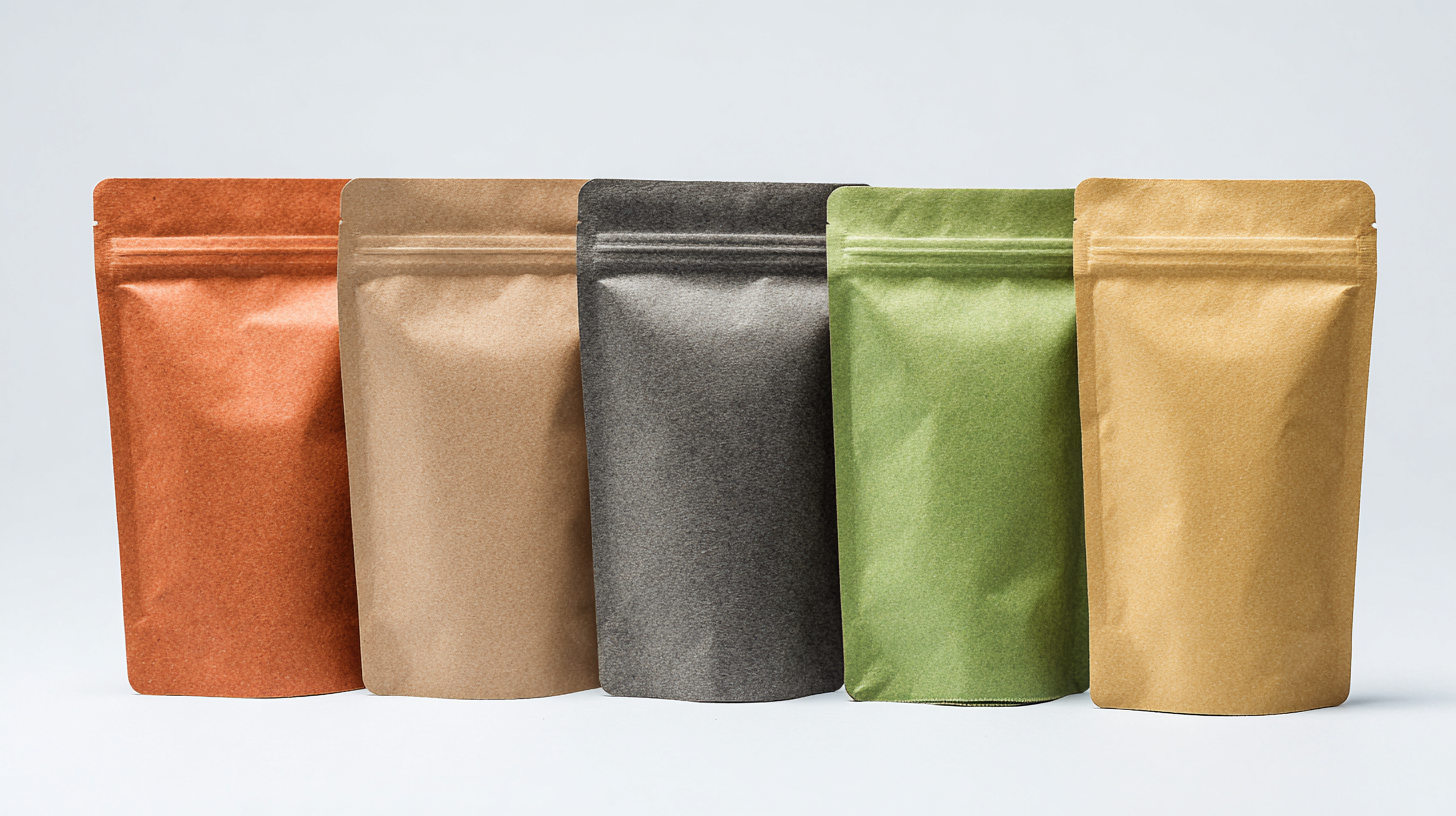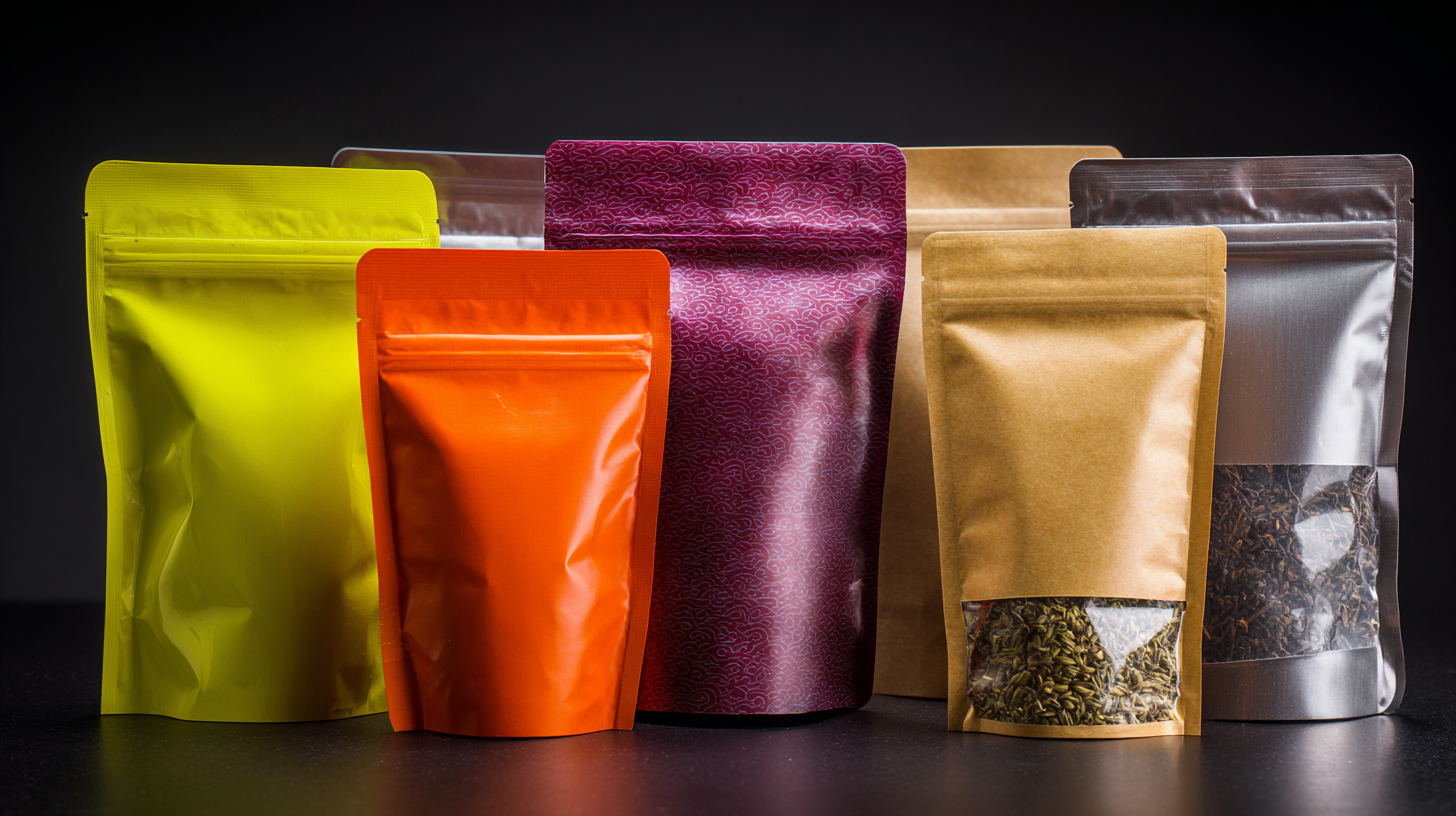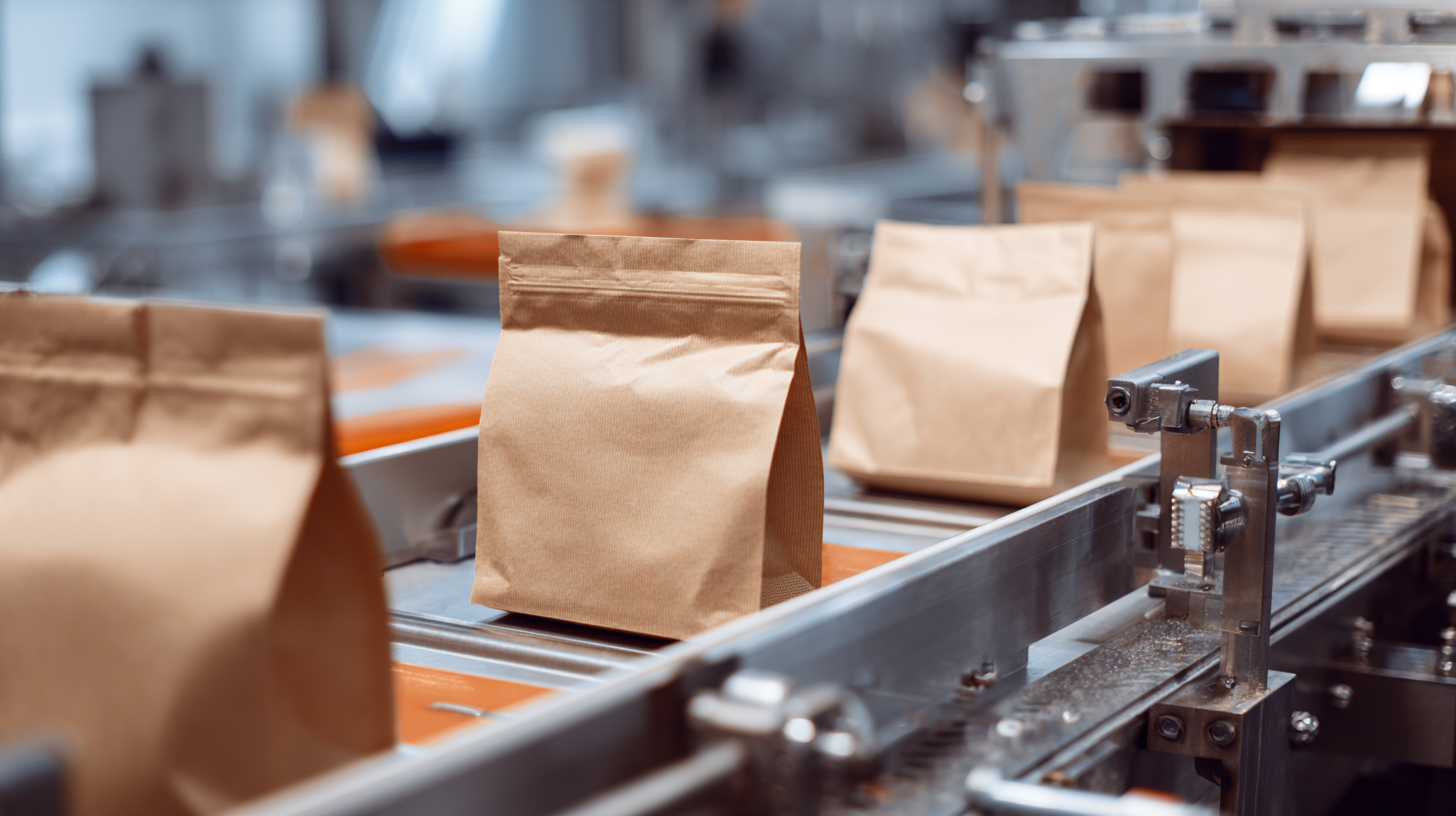Understanding the Challenges of Selecting the Best Sachet Packaging Solutions
In today's competitive market, selecting the best sachet packaging solutions is no small feat. As businesses strive to enhance their product presentation and functionality, sachet packaging has emerged as a popular choice due to its versatility and convenience. However, navigating the myriad of options available can pose significant challenges, especially when it comes to factors like after-sales service advantages and maintenance costs. Companies must weigh these elements carefully to ensure they choose solutions that not only protect their products but also align with their operational goals. In this blog, we will explore the intricacies of sachet packaging, providing insights and examples that illustrate the importance of considering both service support and overall cost-effectiveness in the decision-making process. Understanding these challenges is crucial for businesses looking to optimize their packaging strategies and drive customer satisfaction.

Identifying Key Factors in Sachet Packaging Selection
When it comes to selecting the best sachet packaging solutions, several key factors come into play that can significantly impact product success. First and foremost, the type of product being packaged is critical. For instance, food items require a different barrier to moisture and oxygen compared to pharmaceuticals or cosmetics. Understanding the specific protective qualities needed for each product type helps ensure that the sachet maintains freshness and efficacy while minimizing spoilage.
Another crucial consideration is the target market and consumer preferences. Packaging must not only be functional but also visually appealing and easy to use. Conducting thorough market research can reveal trends in design and usability that resonate with consumers. Additionally, sustainability is becoming increasingly important; manufacturers must weigh eco-friendly options against costs, ensuring the chosen packaging aligns with both environmental goals and profitability. Balancing these variables can be challenging, but effectively addressing them is essential for successful sachet packaging selection.
Common Issues Faced in Sachet Packaging Design
When delving into sachet packaging design, it is crucial to recognize common challenges that can impact the effectiveness of your product. One major issue is selecting the right material that balances durability and shelf-life without compromising the product's integrity. For instance, using non-breathable materials might extend shelf life, but could also impact quality if the contents require air circulation.

Tips: Always conduct thorough material testing to ensure compatibility with your product. Consider conducting focus groups to gather feedback on packaging preferences, which can shed light on consumer perceptions regarding the material used.
Another challenge in sachet packaging is the design and size of the sachet itself. The size must be appropriate to ensure ease of use while reducing waste. Oversized sachets often lead to excess material use, while undersized ones may not provide enough product, frustrating customers.
Tips: Aim for a design that is not only functional but also visually appealing. Utilize digital mock-ups to iterate on size and design quickly before moving to production, helping to avoid costly mistakes that could arise from physical prototypes.
Evaluating Material Options for Optimal Performance
When it comes to selecting the best sachet packaging solutions, evaluating material options is crucial for ensuring optimal performance. Different materials can significantly influence the shelf life, barrier properties, and aesthetics of the packaging. Common materials include plastic films, foils, and biodegradable options, each with unique advantages and limitations.
**Tip:** Always consider the product’s specific requirements. For instance, if you’re packaging moisture-sensitive items, opting for a foil laminate may provide superior barrier protection compared to a standard plastic film. Evaluate factors like light exposure and temperature fluctuations to make an informed decision.
Another essential aspect is sustainability. With increasing consumer demand for eco-friendly options, incorporating recyclable or biodegradable materials can enhance your brand's image while meeting regulatory standards.
**Tip:** Conduct a life cycle assessment of potential materials, weighing their environmental impact from production to disposal. This approach not only helps in selecting the best material but also aligns with growing sustainability trends in the packaging industry.
Understanding the Challenges of Selecting the Best Sachet Packaging Solutions - Evaluating Material Options for Optimal Performance
| Material Type | Barrier Properties | Cost Efficiency | Environmental Impact | Sealability | Common Uses |
|---|---|---|---|---|---|
| Polyethylene (PE) | Good moisture barrier | Low cost | Recyclable but requires energy | Excellent | Food products, detergents |
| Aluminum Foil | Outstanding barrier to light, moisture, and oxygen | Moderate cost | Non-recyclable, high energy production | Very good | Coffee, snacks, pet food |
| Biaxially Oriented Polypropylene (BOPP) | Good moisture and oxygen barrier | Moderate cost | Recyclable | Good | Confectionery, dry snacks |
| Polyethylene Terephthalate (PET) | Excellent moisture barrier | Higher cost | Recyclable, widely accepted | Excellent | Beverages, sauces |
| Bio-based Plastics | Varies based on type | Higher cost | Lower environmental impact | Good | Snack foods, cosmetics |
Balancing Cost and Quality in Sachet Solutions
In today's fast-paced market, selecting the best sachet packaging solutions involves a careful balance between cost and quality. As the sachet packaging market continues to grow, driven by the rising demand for single-use and convenient products, companies face the challenge of optimizing their packaging choices without compromising on the quality of the product inside. The right packaging not only enhances the customer experience but also plays a crucial role in maintaining product integrity and freshness.
As brands explore various sachet options, it's essential to consider materials that provide durability while keeping production costs manageable. Innovations in packaging materials, such as eco-friendly options and advanced sealing technologies, can contribute to a more sustainable approach while ensuring that products remain cost-effective. Companies must align their packaging strategies with market demands to achieve success, navigating the complex interplay between affordability and quality to stand out in a competitive landscape. Efficient packaging solutions can ultimately boost consumer trust and brand loyalty, making it imperative for businesses to invest time and resources in finding the right balance.
Understanding the Challenges of Selecting the Best Sachet Packaging Solutions
Understanding Regulatory Compliance Challenges in Packaging
When selecting sachet packaging solutions, navigating the regulatory landscape is a critical challenge that manufacturers must address. In recent years, a report by the Packaging Association highlighted that compliance issues account for nearly 30% of packaging failures in the food and pharmaceutical industries. These failures often stem from stringent guidelines set forth by regulatory bodies such as the FDA and EU, which dictate the materials, labeling, and safety standards for packaging solutions. Companies must remain vigilant in understanding and adapting to these evolving regulations, as non-compliance can lead to costly fines and product recalls.
Furthermore, sustainability has gained prominence in compliance discussions, with 72% of consumers expressing a preference for environmentally friendly packaging. Many regulations now reflect this consumer demand, pushing companies toward biodegradable materials and recyclable designs. According to a recent survey by Smithers Pira, over 50% of packaging firms report that adapting to sustainability regulations is a primary concern. As manufacturers strive to develop innovative sachet solutions, they must integrate compliance into their design processes to meet both regulatory demands and consumer expectations effectively.

